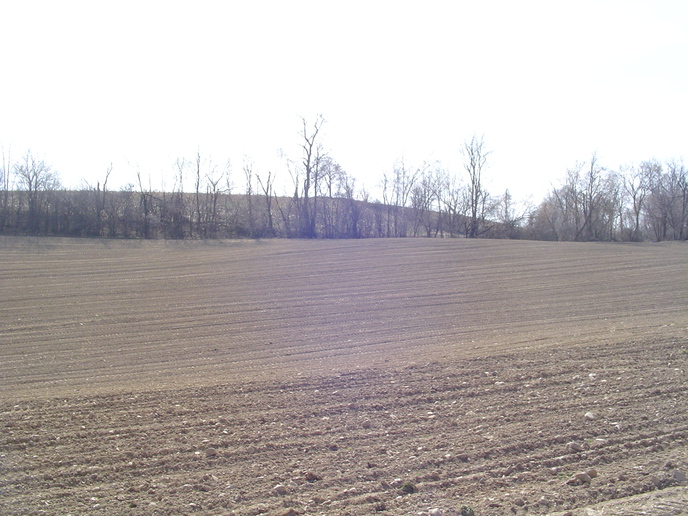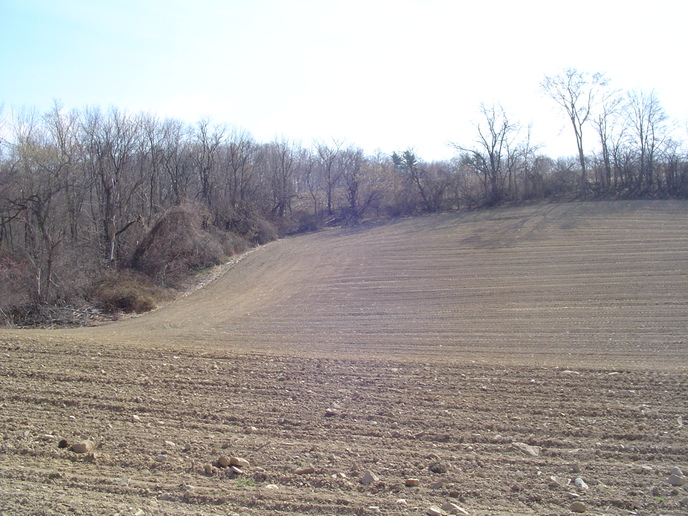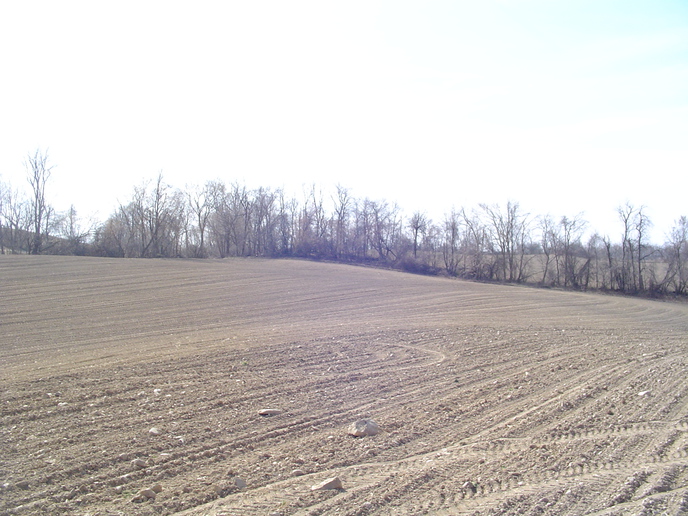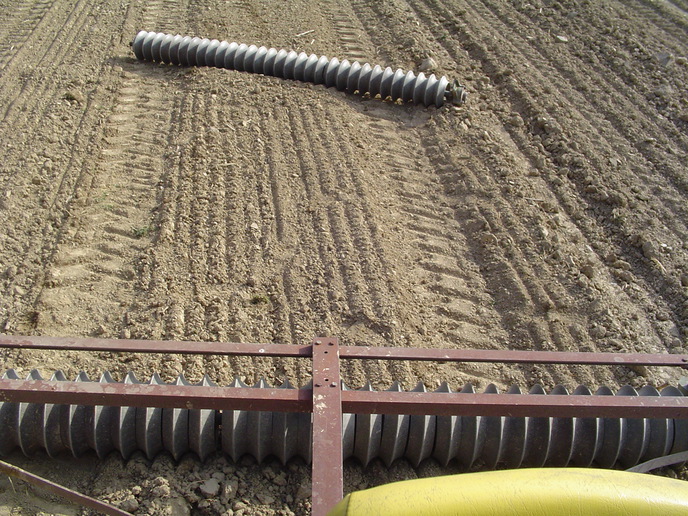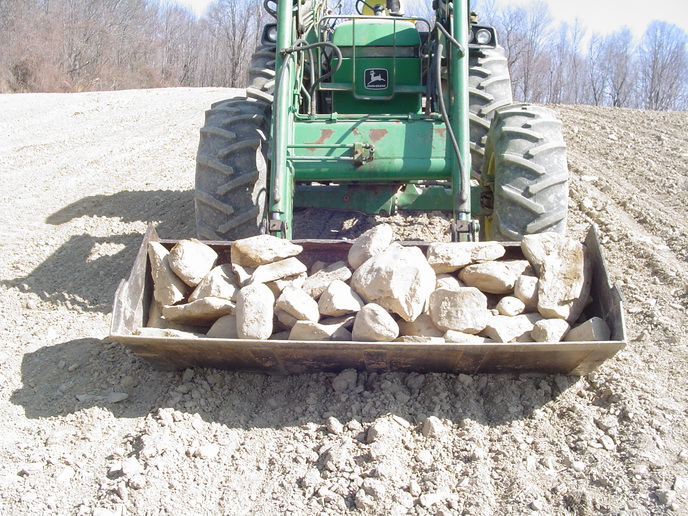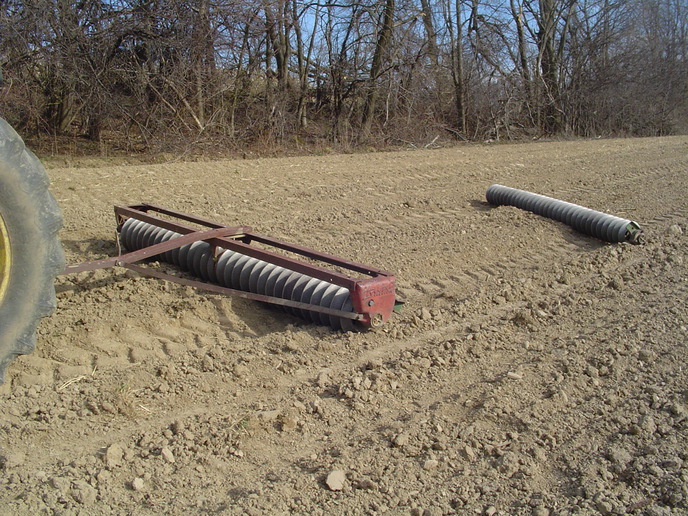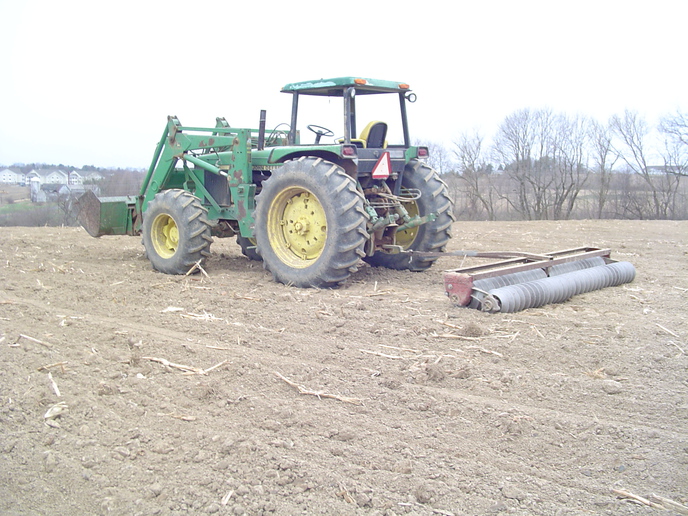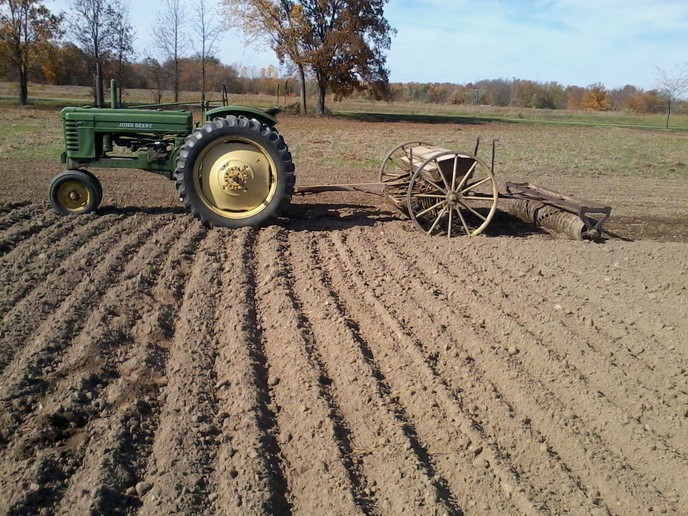Bryce Frazier
Well-known Member
Sorry, no pictures... Yet..... 
Anyway, was talking with a neighbor, and he said that he had a couple of packers that he was wanting to sell.
They are JD (I think) and are just the pointed rollers, with wood bearings and stuff, and a wood toung.
Together, they are a "set". The big one is about 8 foot wide, and it has arms on each side, that the little ones hook to. The two little ones are about 4 or 5 feet wide.
Looks to me like I could buy the whole set, and drag the 2 little ones around behind my 8 foot seeder, and then sell the bigger one?!
Lots of people up here have told me that I NEED to pack my oat ground, because I am taking it for hay... Is that true?
What do you guys think? He wants $300 for the whole thing (all 3 sections) and might come down a little...
Thanks, Bryce
Anyway, was talking with a neighbor, and he said that he had a couple of packers that he was wanting to sell.
They are JD (I think) and are just the pointed rollers, with wood bearings and stuff, and a wood toung.
Together, they are a "set". The big one is about 8 foot wide, and it has arms on each side, that the little ones hook to. The two little ones are about 4 or 5 feet wide.
Looks to me like I could buy the whole set, and drag the 2 little ones around behind my 8 foot seeder, and then sell the bigger one?!
Lots of people up here have told me that I NEED to pack my oat ground, because I am taking it for hay... Is that true?
What do you guys think? He wants $300 for the whole thing (all 3 sections) and might come down a little...
Thanks, Bryce


